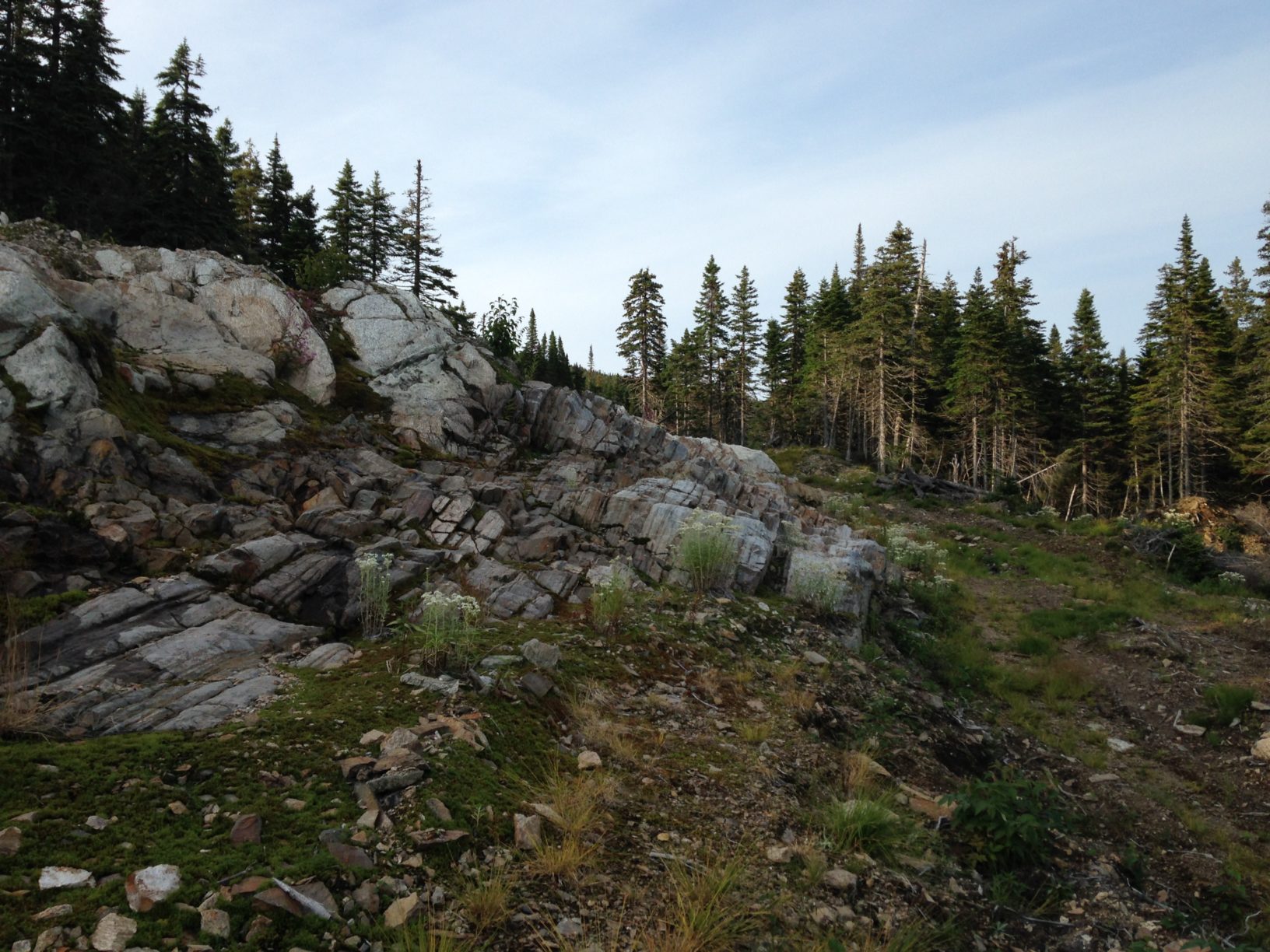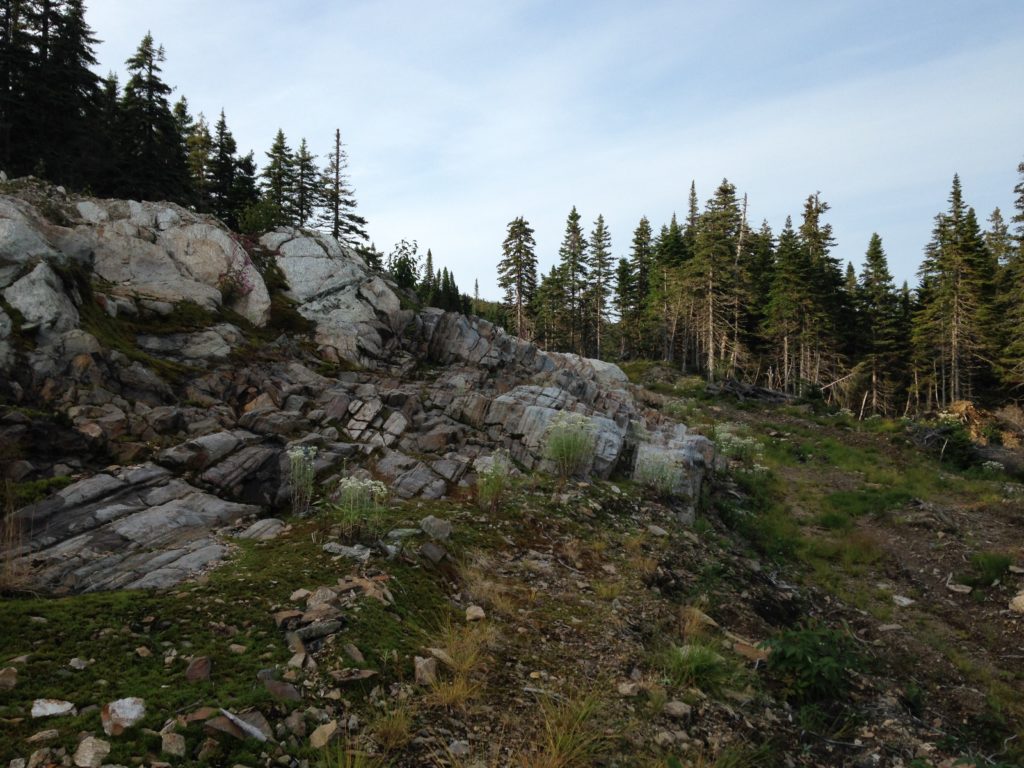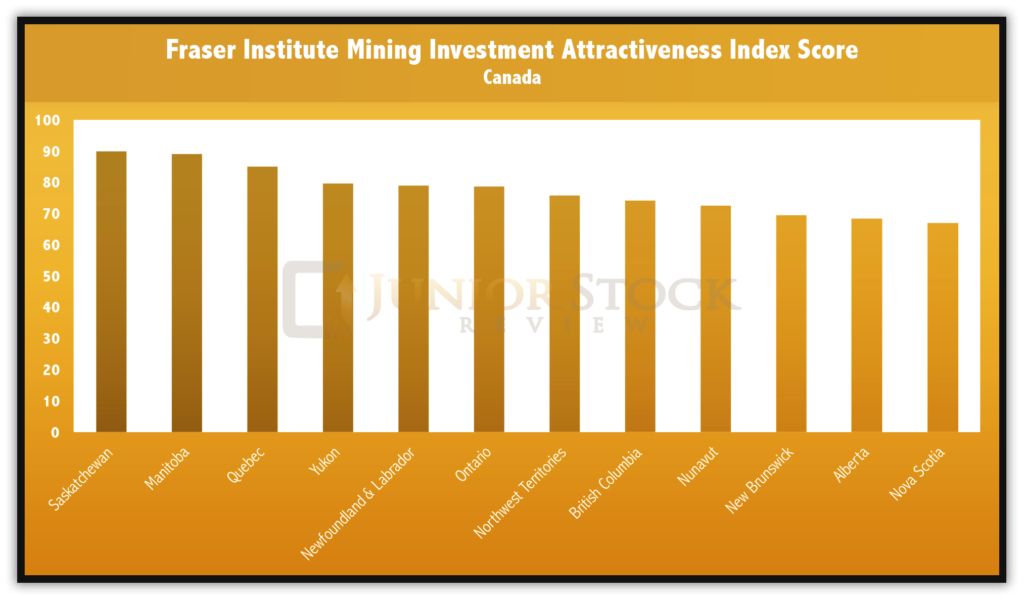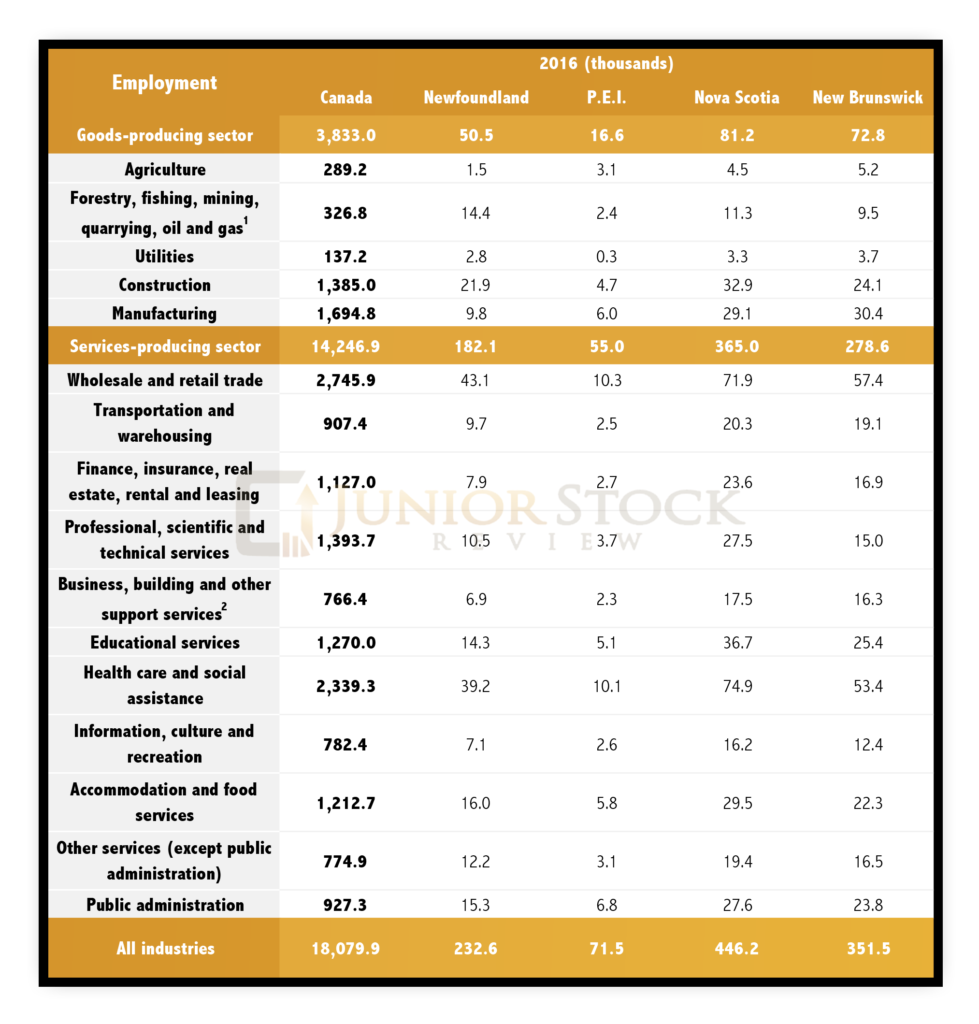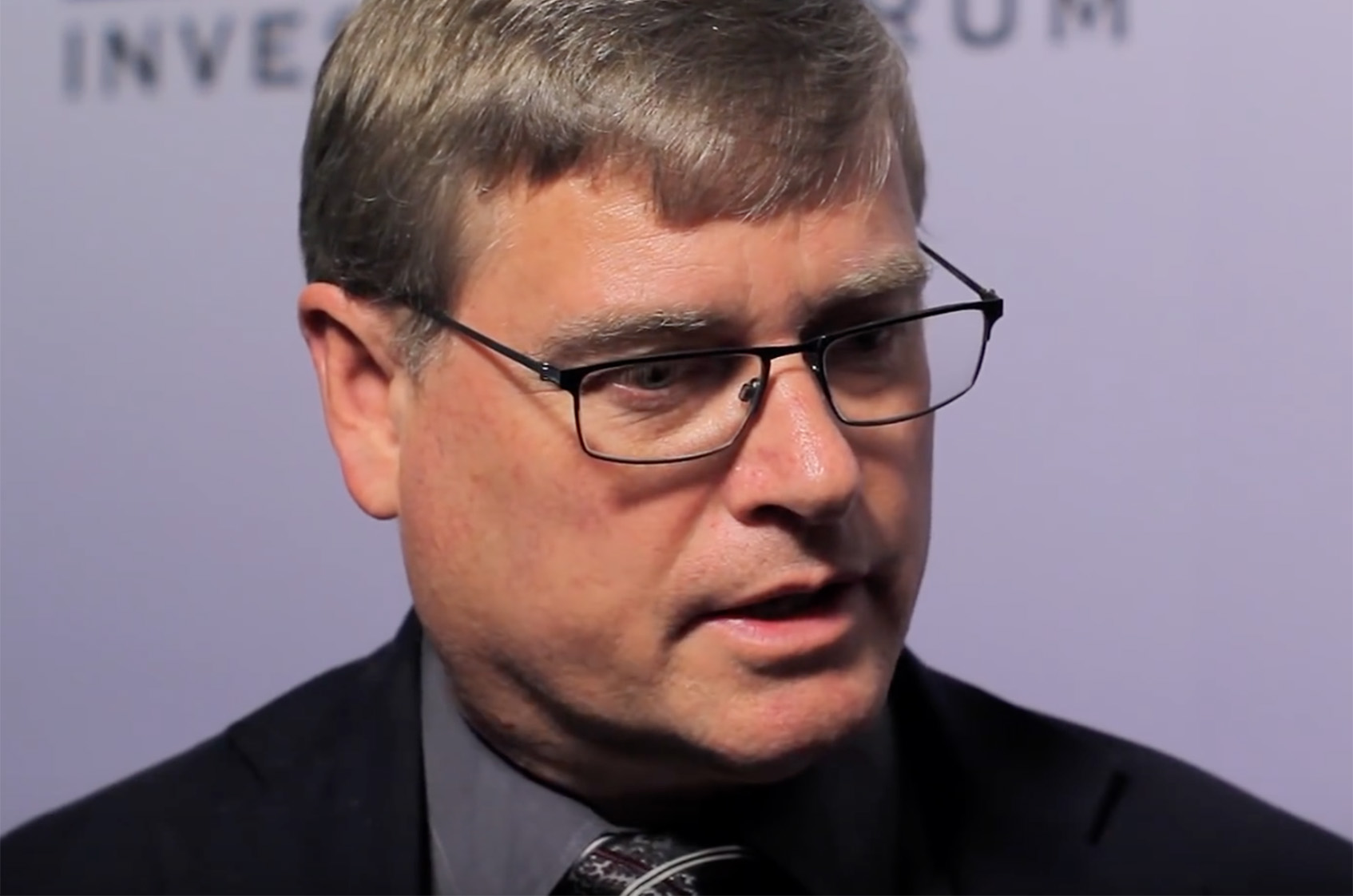
https://www.youtube.com/watch?v=A752Hg77m8o
Brian Leni: Hi. This is Brian Leni of Junior Stock Review. Today I have with me John Kaiser, of Kaiser Research. Hi, John. How are you?
John Kaiser: Hi, Brian. Good to be here.
Brian Leni: Well, let’s get right into it. I recently attended the Sprott National Resources Symposium, and when speaking to many attendees, I heard a lot of mixed thoughts on where the gold market was heading in the second half of 2017. Lower tempered expectations is usually the sign of a good buying opportunity in a market, something that I personally look for.
Where do you think the gold market is headed in the next six months, and is there anything we should look for to confirm this trend?
John Kaiser: Well, it’s very difficult to predict a trend in a metal such as gold, which is not subject to ordinary macroeconomic supply and demand drivers. There’s 5.6 billion ounces just sitting there in vaults, waiting to be sold and converted back into a regular currency so that people can do something with it. What drives the desire to tell or buy is very unpredictable. At the moment, inflation continues to be subdued in the United States, so the supposed main driver for a higher gold price is not really yet operative. We’re looking at a stock market that hasn’t had a serious correction since the crash of 2008, and a lot of anxiety that this may happen. Ironically, we’re seeing money flowing back into bonds, even though the yields are still extremely low. As we saw in 2008, if there’s a serious correction in the general market, that’s usually there’s a liquidity crunch, and we could expect gold to also be sold to raise capital to pay for problems that a sharp decline in equity prices has created.
Now, that’s sort of at the head winds for a higher price. We do, however, have a serious geopolitical situation. We have a president whose motto is, “Make America great again.” However, the stances and policies he’s adopted is actually accelerating America’s relative decline in the eyes of the rest of the world. That is creating geopolitical tensions. China and Russia are being sanctioned over the North Korea situation, which seems to be spiraling out of control. Even within the United States, we have the president fulmenting civil unrest by seeming to back neo-Nazi type sentiments. We have a split within the Republicans themselves as to whether or not they want to back this president. There’s a political crisis brewing, and that could actually stimulate the price of gold upwards, because it becomes driven by concern that the world is becoming unstable, that the reliance on the US dollar as a reserve currency, which by the way should already be seen as being in question by Trump’s push for isolationism, his attack on globalized trade, as on a globalized economy. That’s in essence saying the US dollar is not going to be that which the whole global economy depends on down the road.
There is this geopolitical factor, which could counterbalance any decline in the equity markets precipitated by some trigger event, and offset the desire to sell gold, and actually cause a desire to buy gold, and drive it higher. We are entering a very dangerous period, and I would say the bias for gold is more on the upside in the next six months, and not because of inflation, but more because of these geopolitical stresses that are evolving.
Brian Leni: Interesting. In my view, we live in a society of paradigms, or bias, that lock us into thought patterns that keep many of us blind to other alternatives, alternatives that may be more efficient or beneficial.
Whether it be financial, political, or social, in your opinion, how does one keep an open mind and see through the paradigms and their own inherent bias?
John Kaiser: I have this approach, which I call sort of a cost-benefit analysis. I say take any position, any policy, any trend, and ask yourself, “Who are the winners? Who are the losers?” In doing that, it forces one to look at it from the multiple perspectives. Not just that of the winners, but also the losers, and which forces one to say, “Okay, what would be the counter-policy, the opposite policy to this that would reverse the allocation of wins and losses?” Because most policies, most trends do create winners and losers. Then of course, one has to make a moral choice as to which side one wants, but in assessing any sort of a trend or situation, that is the way I like to approach it, so that I can see the different ways, and that of course allows me also to develop hedges, so that if things continue in this direction, what do I bet for? What do I bet against? And just in case it’s going to go in the opposite direction, where can I place a bet on that? You can do that with stuff like the whole climate change situation, the geopolitical situation. It’s really important to be able to look at it from both sides, from a cost-benefit analysis perspective.
Brian Leni: Excellent. My experience in the market has taught me that when I find a good opportunity for speculation, I need to risk enough capital to make it worth my while. However, I haven’t settled on a quantitative approach on how to choose the amount of capital to deploy into a position.
Firstly, do you agree with me? Secondly, can you share with us an approach to choosing the appropriate position size?
John Kaiser: Well, I look at all things as a gamble. I don’t look at it as investment. There are not guaranteed rates of return on anything. There are different degrees of risk. My own area of expertise is this high-risk resource sector. I tend to divide my capital into two categories: One is cash. That can be in t-bills or something like that, where it’s readily accessible, and the rest I divide up amongst very high-risk speculative resource juniors, and I create a mix of those based on these different scenarios. For example, if I think that China is going to become America’s enemy, I’ll look at metals where China is a dominant supplier, such as graphite, tungsten, antimony, rare earths. If I think that we are going to be in an inflation, in a geopolitically driven gold up trend, I’ll look for optionality plays, which would benefit from a modest increase of, say, gold going from 13, 12, $1200, $1300, to say $1600, $1700, which puts the project way into the money.
Then have at least 10 different positions, but be prepared to, when a story comes a long that is unusually interesting, if one of these different hedge positions starts becoming the one that’s in ascendancy, be prepared to move from the cash area, more amount into that particular slot and increase it, but never go like all in, and sell everything else, and put all your money. Have a flexible basket with multiple exposure, but be willing to let one of them become more weighted with exposure, and of course when things get high, start replenishing the cash component. If we get blindsided like we did in 2008, where the resource sector was roadkill as a result of these scrutinized mortgage-related meltdown, well, you know, the equity component gets cremated, so now all of a sudden you have like 90% cash. Not because you put it all in there, but because valuations are extremely cheap, you have this cash component available to redeploy and go bottom fishing, and rebuild positions that have become very good value as a result of a sort of across the board haircut that the markets have suffered.
Brian Leni: Nice. That’s a great approach. Well, paradigms and bias give us the basis for how we view the world. Emotion is the fuel that causes us to act without logic. The biggest lesson I have learned in my speculating career thus far is to act against the crowd, and buy when everyone else is selling, and vice versa. That’s a lot easier said than done.
Do you have a defined strategy that investors can adopt in some form, which works to minimize the role that emotion plays in their speculations?
John Kaiser: Well, one of the rules that I have is to never be right, and always be wrong. You accomplish that by buying things when nobody is particularly interested, as you suggest. Not necessarily when they’re falling, because when they’re falling, something is going wrong, and catching knives and anvils is not a smart thing to do. But after they’ve crashed on the bottom and done their little dead cat bounce, and have stabilized, research the fundamentals. Make sure they are still intact, and do what I call bottom fishing, value hunting.
Now, this requires patience, and I’m notorious for being way ahead of the curve on stuff, to the point that by the time I’m finally right, nobody cares, and those who have just jumped into the erupting up trend, they’re the ones who are the heroes. It’s something like that that has kind of happened with Noble Resources Corp, where poor Jay Taylor has been patiently covering this since 2013, based on this Wits 2.0 scenario in Australia, and they appear to have failed, and I kind of never liked it, but then something changed. I didn’t get the bottom. I mean, Jay was still there at the bottom, but I caught that erupting point, realized, “This is a new story. This is an emerging story.” So of course I get a lot of interest from people. Poor Jay. Of course, he’s been in it so long, it’s, “Okay. He’s finally right. Yeah. Yeah. Who?”
But when you are long a position such as, say, Jay Taylor is in, or, say, something like Scandium International that I’ve been in for a long time, or even the VAT Exploration, when they start going up, in most cases they tend to overshoot their value, but the value is like poor at the moment, but as the story expands and gets more fleshed out, and risk is removed, it’s going to go higher. You don’t want to sell all of it, and like sell it because the crowd is buying it. What you want to do is sell some. Not this silly “sell half when it doubles,” type rule, which with the kind of high-risk stocks that I invest in would be a disaster in the long run, because I’m shooting for five, 10 baggers, so you’ll maybe sell maybe 20% if it doubles, and you monitor it. But the important point I want to make is that I’m always wrong. I sell too soon, and I sell too late, but because I am selling in stages, and almost always miss the top, I nevertheless have to write a big check to the tax man at the end of the year.
Brian Leni: Yeah, which is the goal, right?
John Kaiser: Yes. And because I’ve been wrong with everything that I’ve done, emotions get stripped out of it, because, “Oh, yeah, okay. I sold some. That’s why it’s going higher.” But never buy back in during one of those things. One of them, if you’ve sold some and it’s gone higher, just continue with that selling discipline. Never, ever buy back into a high-risk stock that has finally come to life.
Brian Leni: People are widely accepted as the most important facet of any junior resource company. Outside of a proven track record of success, in your opinion, are there any characteristics that are commonly shared by successful people in the resource sector? Characteristics that investors should look for?
John Kaiser: The people who have been successful almost have like now a self-fulfilling prophecy function at their work. When they come up with a new idea, the people who benefited in the past are quick to support it. They’ve also learned how to structure their deals so that the earliest tiers you have the people who have control over other people’s money. You insert them in there for preferred financing levels, so that down the road as the story evolves, these people will push the buttons to move other people’s capital into the market and expand it. It becomes a money-making machine, which is why I call these things machine plays. As long as these very successful people continue to deliver successes, this machine can go on and on. But the machine play itself can wear itself out, if management is not coming up with interesting stories.
I don’t like it when it is they’re just jumping onto a bandwagon and saying, “Okay, lithium’s been the buzz for a while, so let’s cobble together some lithium deal and stuff it in some shell, and plug in all the right people, and then open it up and have all the newsletter writers pump it and bring in the retail crowd, and hang them with the paper.” I don’t like that type of story. I like management groups, which in addition to having all the technical skills for executing programs, are also looking for something new and different that doesn’t quite have the acceptance of the market, so the type of story that they are backing, I am interested in that. I’m not interested in somebody finally jumping on to, say, the silver bandwagon, and preaching apocalyptic doom, and saying, “We have all these worthless deposits that are going to be worth a whole pile of money.” Of course, it’s underpinned by foolish logic of inflation. “Socialist policies are going to make everything money worthless.” None of that’s going to make worthless deposits worth anything, because providers of the inputs, labor, energy, materials, they all pay the market price, which is going to inflate along with the price of the metal, which is only going to really inflate according to actual inflation.
That whole inflation-based scenario is complete nonsense, but if they are doing something interesting, something different, are looking at projects which doesn’t require a monster gold or silver price to go up, or looking with some new method for this, or in some new area where people have been afraid to go, these are the things that I’m looking for. Do they have coherent, interesting stories that then, matching with their proven track record and their technical capability? That’s when I get really excited.
Brian Leni: That’s a fantastic answer. Thank you for that. You gave a terrific presentation at the recent Sprott National Resources Symposium, one I’m very happy I attended. Among the topics you discussed, the one that really caught my attention was your new initiative, The Share Collective.
Can you give us a breakdown of what The Share Collective is, and how it will benefit investors?
John Kaiser: Well, The Share Collective arose from a frustration that I, as a newsletter writer myself, have experienced. One is, “How do I find these good stories?” Now, sure, there’s about maybe a dozen prominent groups, you know, with the Lundins, the Beatys and so on. But you know, the entry, it’s never very lucrative. By the time those stories are available to the public, there is not very good value. But there’s numerous other groups who may emerge as the next Ross Beaty. Projects that are interesting but unloved because nobody understands it, because there’s no audience, and there’s like 1200, 1500 companies listed on the Canadian exchanges, and on the Australian exchange. How do you filter through all of this? I mean, there’s only so many hours in a day for me basically to even get rid of the first 90%, and then to do due diligence on the remaining 10%. There’s not enough time for me to get this work done.
Then the other problem was, well, what is the size of the prize? This company says, “We have this target here in, say, Utah. We have an existing resource that kind of works at the current metal price we have, but we need to make it bigger. In fact, we see something here that’s potentially very big, but it requires exploration dollars. High-risk exploration dollars to make or break.” I ask, “Well, if you are successful, what is that worth?” You know, “Your company has a, say, a $10 million valuation right now, but is that fair? Is that good value? Should I buy it at this point?” What I developed myself was what I call outcome visualization, where I imagine, “Okay, what’s the footprint? What kind of deposit could be there, and what sort of grades could one hope for?” Then assuming we have, say, 20 million tons of 10 gram per ton gold, “Well, what would it cost to mine that?”
Then you look up the numbers for a mine that was depleted in 10 to 20 years, and you run the discounted cash flow model, and this is all very complicated. You get a net present value number, an internal rate of return. You need an Excel spreadsheet. You need to set it up. You need to customize it. It’s a huge pain in the butt. Most people don’t do it, but I do it, and all the analysts in the mining industry do it. You come up with a number, and then I have this uncertainty lags and says, “Well, this is just a target testing stage, so even if it’s worth a billion dollars at the end of the day, it’s fair value right now as 1% to 1.5%, which is like $10, $15 million bucks.” I say, “Well, that is how the market is pricing it, so I actually like this company.”
But again, with the first point I made, how much time in the day do I have to do this? And so what about my numbers on it? Nobody cares about it. Maybe I made a mistake or so. I came up with this idea, “What if we create a giant sort of calculation system in a website where the crowd ends up doing this, puts together those numbers, then shares all those assumptions and the outcome into the public stage, this space associated with that project? And everybody can look at it and sort of grumble about this number and that number, copy it, tweak it, change it, submit it, and all of a sudden you have an intelligent discussion going on by these anonymous members of the crowd, and you can suddenly see a distribution of what the expected outcome is.”
This is really critical for the market, because in the junior space, resource junior space, it has lost its audience. The brokers don’t play this network hub role anymore, where they call up people and tell them, “Oh, this is really great. You need to buy it. It’s going to be like a $10 stock.” That doesn’t happen anymore, and just looking at technical analysis, well, then you’re competing against the algo traders, so your ordinary retail investor has really no chance just doing technical day trading. The resource sector, because of its complexity, because of the public’s inability to see what would be the reward if everything actually becomes reality, it has killed the market, and I’ve created this as a way of reviving the market, making it easier for the crowd to handicap the potential outcome, to share in a public space, and then everybody can trade. You know, they can say, “No, this is BS. Wits 2.0 is never going to happen,” so they’re going to short it or sell it. Others will say, “No, no. This is going to happen.”
But all of a sudden you have the market trading becomes intelligent, rather than just being a random event where the algo traders have the upper hand, because they can always sell short on the down take, and crush the bid, and totally discourage the market. Now, you can actually see, well, given the consensus expectation, now it’s being pressured to the lower end, so now value hunters can come into the market, and it will even be the algos themselves who will see, “Okay, this is about as low as we can push this stock right now. Now we’ll go in there.” And you’ll get trading volatility within constrained ranges, backed by what I call the rational speculation model, and tied to the crowd’s expectations. Those expectations will, of course, adjust to new results by the company, so the company goes and drills, drills down dip, gets assays, starts demonstrating what the average grade is going to be. The crowd has to adjust its expectations always to the flow of fundamental data, so it’s dynamic in that sense. In the sense that we don’t know what the results will be. We have hopes and expectations, but we now, with this share collective, we have a means to track, “How is reality matching up to expectations?”
And more interestingly, what the share collective also enables is a second level of gambling. Not just gambling on what the truth machine’s going to churn up out of the ground, but also gambling on the behavior of the crowd. I mean, right now you can look at this Novo Resources Corp and its Karratha project in Western Australia. There’s three competing theories. One is that this gold nugget thing will never amount to anything. Another is, yes, it’ll amount to something, but it’s a local freak show. There’s maybe going to be 10 million ounces there, and who knows what it’s going to be worth. Then there’s the third, grander hypothesis, which is while this company has staked 10,000 square kilometers, and this is actually another version of the Witwatersrand Reef, which has over two billion ounces in it in these reef-style conglomerate bins, and this company has tied up probably two-thirds of the available stock and potentially owns the future of gold production.
You have these different scenarios in there, and the public can bet as to which one they want to support. Right now, we’re in the roller coaster stage of the market trying to figure out, “Okay, is this thing just going to be nothing, or is it going to be at least this 10 million ounce thing that suggests it could end up being worth maybe one to one-and-a-half billion? Or are we talking the off scale scenario where it could end up being a $50 to $100 stock that ends up supporting like a 10 to 15 billion dollar valuation, because this is the next Beric or Newmont in the making?”
Brian Leni: Yeah, it’s an interesting story.
John Kaiser: It is.
Brian Leni: Finally, for those looking to gain an edge in the resource sector, you need to check out John’s resource sector research portal, Kaiser Research Online.
What is the value proposition for Kaiser Research Online?
John Kaiser: Kaiser Research Online has two dimensions to it. One is, we have the whatever, 1500 Canadian and Australian resource companies in there. We have all their projects there. We track their financial status. We track the people. You can click on a people tree, and start seeing what other companies the insiders have been associated with, and there of course you look for the ones that are de-listed, and the best one are the ones that were de-listed because they were taken over at a premium, and of course the bad ones are those which simply died because management is incompetent. You have a way of figuring out something about the track record, without having spent the last 30 years watching this and knowing who is what. But the most important part of this dimension is, I have a search engine where you can put in company and project level criteria, and do a search which then displays all the companies with all the data, chart, and links to like the stock forums, and NCR, and all these things there so that you can do your homework.
This discarding, getting rid of them, 90% of the junk, and putting together a query of how you think the future’s going to unfold … You know, you think rare earth prices are going to go up, well who all has a rare earth deposit? Skip the companies that are hideously in debt, and then you narrow it down to that 10%, then you kind of do your own research. That’s the thing that costs $800 a year, or $250 every 90 days on an auto-renewal basis. The other part is, I am a stock picker, so I have my spec value hunter recommendations, which is anywhere from one to two dozen companies where I put out formal buy, buy and sell recommendations. These are the ones that I sift up. I’m like a super user of my own site. I filter through it and look for these things, and then cobble together a set of recommendations. If you pay the $250 on a non-auto renewal basis, you get 90 days of access to all the search engine, all that stock information, but then afterwards you get another 270 day access to just the spec value hunters, hunter stuff.
I have two audiences: Those who don’t really care what I pick, but use my portal as a research engine, and then the other is those who just want to follow my picks and don’t really want to do all this research on their own.
Brian Leni: Excellent. You know, there’s a ton of value there, and I suggest it to anybody who’s listening that they check it out. John, it’s been an absolute pleasure. Thank you very much for taking the time to answer my questions.
John Kaiser: Brian, thank you so much for doing this interview.


